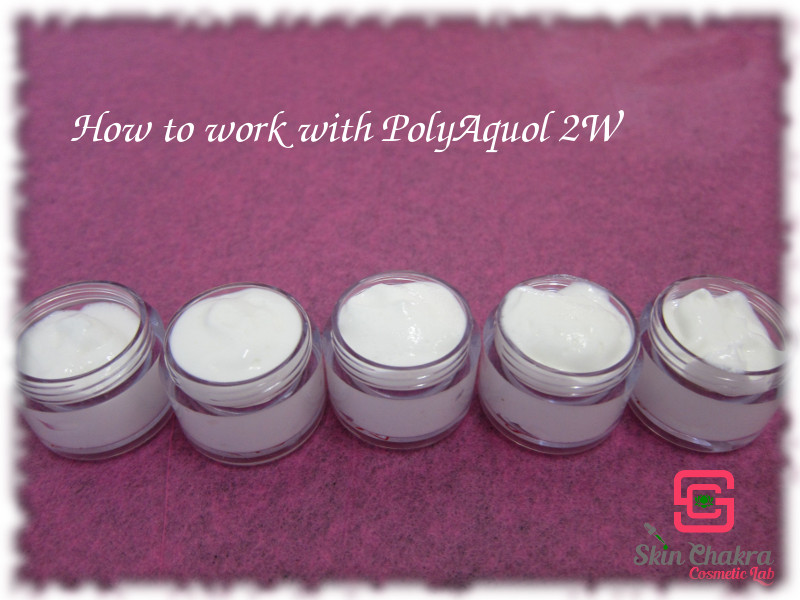Just as I was thinking that the "natural skincare" market is somehow frozen and there are no new emulsifiers on the market to get excited about I went back to my stash and picked up an emulsifier that was sitting on the shelf for more than 1 year and I was over the moon with my first results.
Meet Polyaquol 2W
Well, to start with, this is a palm-derived O/W emulsifier (yet RSPO). If you stick to an absolute palm-free policy you can stop reading the rest of this blog post but if you open a small window for palm derived ingredients, you shall definitely try this emulsifier.
The chemistry
INCI: Polyglyceryl-2 Stearate (and) Glyceryl Stearate (and) Stearyl Alcohol
This is a completely natural and plant derived emulsifier (suitable for vegan formulations) and is approved by ECOCERT and COSMOS. It promotes building LC (liquid crystal) and lamellar structure which provides the skin with a long lasting hydration and a smoother texture and feel compared to conventional emulsifiers. Apart from the skin feel, lamellar structures usually have an impro
It works with a broad spectrum of oils, esters and waxes and you can slightly vary the texture by adding additives such as waxes, fatty alcohols, butters etc.. This is one of the few emulsifiers with an electrolyte tolerance (up to 3%).
How to work with Polyaquol 2W
This is a hot process emulsifier.
You can add the emulsifier to the oil phase or to the water phase. Both phases should be heated at around 75-85 oC and then the oil phase is slowly adde to the water phase followed by a short homogenization and then cooling down (just like most conventional emulsifiers)
You can work with a broad range of oil phase from absolutely no oil up to 25% oil phase (emulsifier included). The emulsifier range works best between 1-5% for 0-20% oil content (25% when you add the emulsifier)
Although there is nothing fanciful in the name, the emulsions created with this emulsifier are quite adorable. A rich texture yet no greasiness or soapiness at all.
Like all other O/W emulsifiers, the viscosity increases by increasing the oil phase content. You can create anything between a low viscosity emulsion (no sprayable emulsions though) to a rich cream.
This photo shows the texture of some simple emulsions we made with Polyaquol 2W . We kept the emulsifier content fixed at 5,0% and varies the oil concentration.
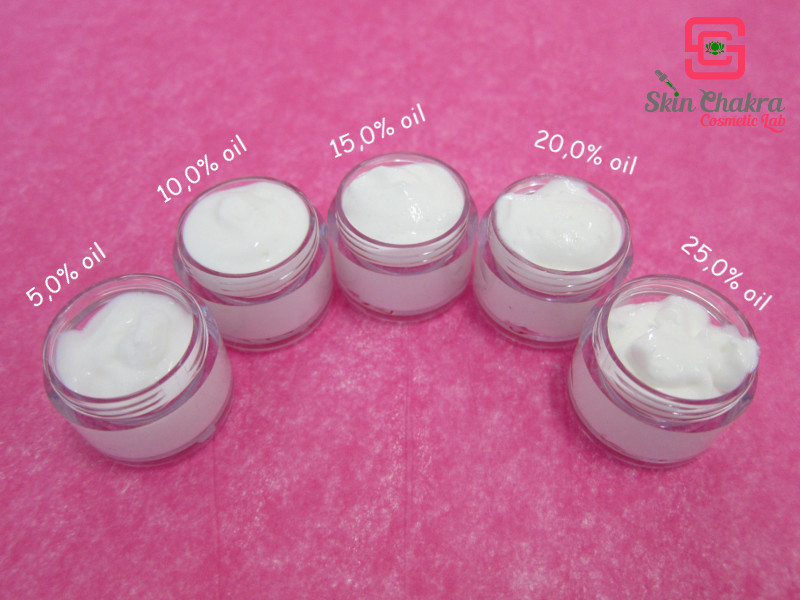
And here you can see the changes in the viscosity as the oil phase content increases
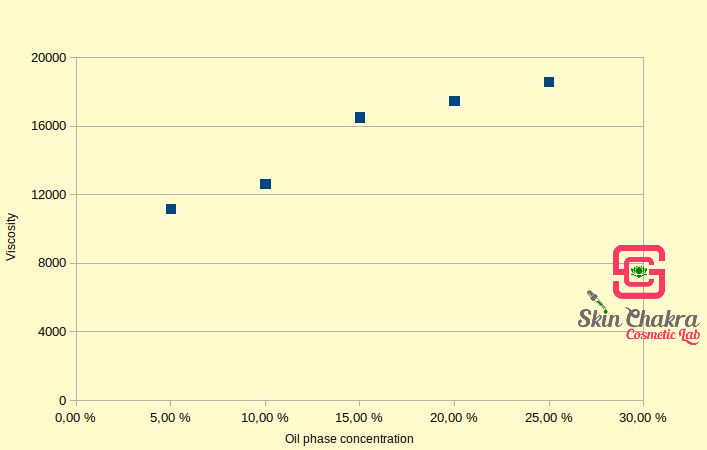
You can add the emulsifier to the water phase. I need to run more experiment to come to a final conclusion but our first experiments show that the viscosity is lower when the emulsifier is added to the water phase (in this case you need to make a pre-emulsion by homogenizing the emulsifier in the water phase before adding the oil phase). However the texturre appears to be smoother and nicer when the emulsifier is added to the water phase.
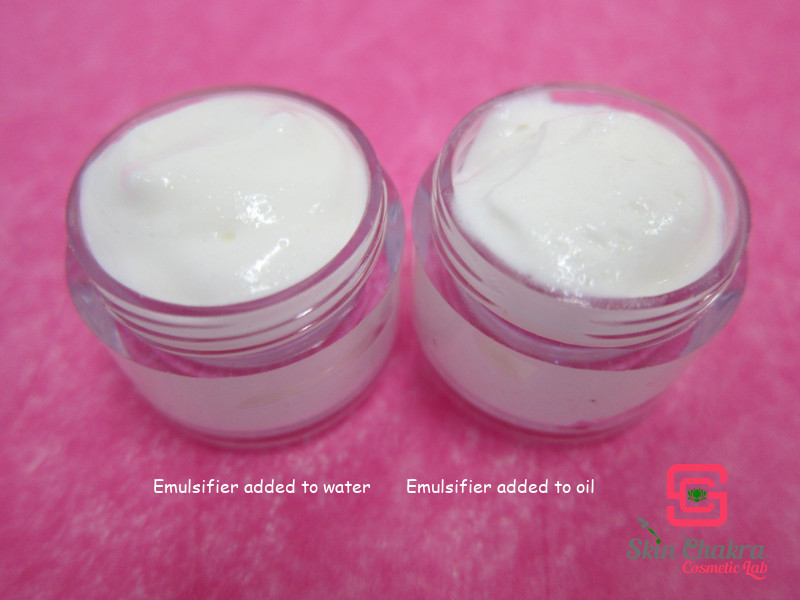
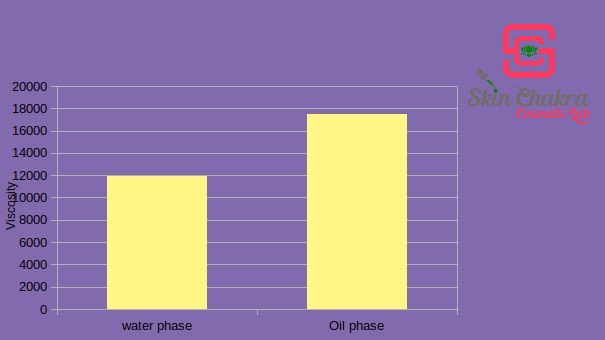
Quite to my astonishment, adding a fatty alcohol or a wax does not make a great impact on the viscosity but the texture becomes nicer and smoother.
In the following photo, we have replaced 2% of the oil with brassicyl alcohol (a palm-free fatty alcohol that we're adding to our shop in a couple of months) and berry wax respectively. The third sample is the original emulsion with no wax or fatty alcohol.
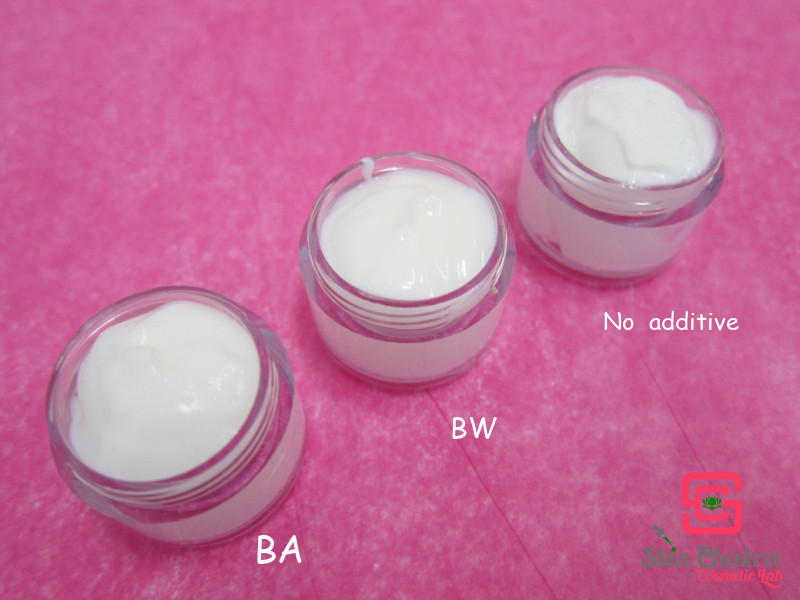
In German there is a saying: "the devil is hidden in details"
Who would have imagined that changing the preservative might have such a big impact on the viscosity of the emulsion?
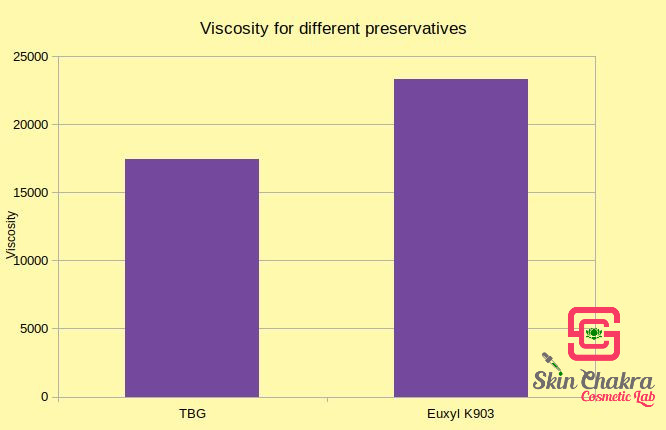
I think this is enough to give you a starting point for working with this lovely emulsifier. I'll be back with formulation examples and tutorials to help you make the best of this ingredient.
ُBeHappy and have fun
